Preprint Club
A cross-institutional Journal Club Initiative
Memory-Phenotype Ly49+ CD8 T emerging from the thymus develop into two subsets with distinct immune functions
Laubreton et al. (BioRxiv) DOI: 10.1101/2024.12.10.627689

Keywords
Memory-Phenotype
Ly49+ CD8 T Cells
Thymic Development
Lineage Tracing
Bystander Signaling
Main Findings
Ly49+ CD8 T cells represent a subset of memory-phenotype (MP) cells and despite being antigen inexperienced, express memory markers such as CD44 and CD122. These cells, which are the murine equivalent of human killer cell immunoglobulin-like receptor (KIR)+ CD8 T cells, play a pivotal role in mitigating autoimmune diseases and are considered part of the larger and still somewhat disputed CD8 regulatory T cell (Treg) subgroup. Nevertheless, the mechanisms driving their differentiation and functional role remain elusive.
In this preprint (not peer reviewed), Laubreton et al. characterize two distinct subsets of Ly49+ CD8 T cells based on the expression of coreceptor CD8β (CD8αα v. CD8αβ) as well as the Ikaros transcription factor family member, Helios. These results extend to the KIR+ CD8 T cell population, establishing diversity within this cell group.
Unlike conventional T cell precursor thymocytes, a significant portion of CD4/CD8 double negative (DN) Ly49+ thymocytes express T cell receptor (TCR)-β. Much akin to precursors of other unconventional T cell types, such as natural killer T (NKT), mucosal-associated invariant T (MAIT), and intraepithelial lymphocytes (IELs), Ly49+ thymocytes are suggested to undergo an alternative thymic selection process, termed agonist selection, whereby strong and sustained TCR signaling is essential for their development. Utilizing multiparametric flow cytometry along with pseudotime ordering, the scientists perform in silico lineage tracing. Per their results, Ly49+ thymocytes appear to progress to a DN stage post the double positive (DP) stage, resulting in two distinct subsets of mature Ly49+ CD8 single positive (SP) T cells. Eomes expression, which is crucial in regulating T cell development, seems to drive the development of these Ly49+ T cells. Leaning on the lab’s previous research, the scientists observe significant reduction in the number and overall percentage of Ly49+ CD8 T cells in a Zeb1 transcription factor knockout mouse model, hinting at the role Zeb1 plays in enabling Ly49+ thymocytes escaping negative selection.
Using a vaccinia virus model, the scientists reveal that a small fraction of these cells, especially the CD8αβ subset, acquires an antigen specific effector profile (characterized by type II interferon production) and contribute to the antiviral response. Incorporating single cell RNA sequencing, Laubreton et al. home in on the downregulation of immediate early genes (IEGs) such as Fos and Jun within Ly49+ CD8 T cells in the infected model when compared to cells from a wildtype control, leading them to explore the effects of activation without TCR signaling, termed bystander activation. Induction of chemokine receptor CXCR5 post interleukin (IL)-12/IL-18 stimulation would allow for germinal center recruitment of Ly49+ CD8 T cells, further reinforcing the idea of their role in controlling autoimmunity development post-infections.
Limitations
The authors did a wonderful job assessing the development of these MP cells. However, a few follow-up experiments could help augment their findings.
In the process of performing high parameter flow cytometry and using Slingshot for trajectory inference, concurrently performing an actual tracing study could be very beneficial and validate the suggestive data. Performing an adoptive transfer of labeled MP precursor cells could help confirm the final phenotype of the thymic precursors which give rise to MP cells as well as the intraepithelial lymphocyte (IEL) subpopulation mentioned in the manuscript. Expanding the flow panel and evaluating various integrin proteins expressed on the MP cells could also be beneficial.
In addition, the authors did a good job at differentiating the two MP cell subsets based on CD8β coreceptor and Helios transcription factor expression. Considering a follow-up experiment incorporating TCR sequencing could also help shed light on MP cell population differences and better assess their diversity.
Although the incorporation of the WT C57B/6 mouse made sense given the background of the Cellophane mouse used (and likely the availability of the tetramer haplotypes used in the vaccinia virus experiments), the inclusion of a Balb/c mouse could help elevate the findings. According to literature, Balb/c mice not only have more, but also a distinct, Ly49 protein family expression when compared to C57B/6 mice.
The expression of FcεR1γ in the CD8αα Ly49+ CD8 T cells was also quite intriguing. Different subsets of T cells can express low levels of Fc receptors, and we suggest exploring this further as IgE antibodies often play a role in allergic immune reactions, hinting at a potential new role for the CD8αα MP cells.
Lastly, although the goal of the paper was to determine the developmental pathway of the cells, performing an inhibition assay, showing the impact of these MP cells on follicular helper T (Tfh) cells post-reaching the germinal centers (post CXCR5 induction via bystander signaling) would be stellar.
Significance/Novelty
Overall, this study sheds light on the developmental trajectory of MP Ly49+CD8+ T cells, highlighting the contribution of specific transcription factors, and indicates a potential role for agonist selection and cytokine-driven bystander signaling in their differentiation and recruitment, respectively. Although additional experiments could help elevate the current findings, elucidating the nature of this understudied T cell subset, by showing parallels in their development with other unconventional T cell types as well as their enhanced sensitivity to bystander stimulation, helps us better appreciate their regulatory activity and role in mitigating autoimmunity.
Credit
Reviewed by Guillaume Trusz as part of a cross-institutional journal club between the University of Oxford, the Karolinska Institute, the Icahn School of Medicine at Mount Sinai, the University of Toronto, and the University of Texas at MD Anderson Cancer Center
The author declares no conflict of interests in relation to their involvement in the review.